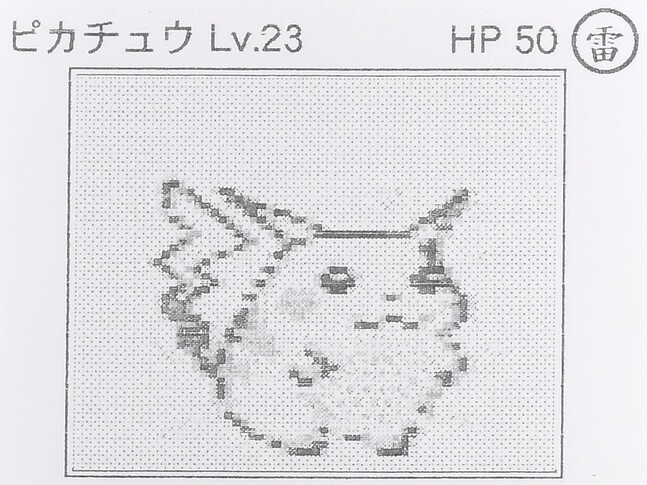
In a shocking revelation that has rocked the Pokemon trading card collecting community, several supposedly rare 1996 Pokemon cards worth millions have been exposed as recent prints through forensic analysis of hidden printer tracking dots.
The cards in question, which have been sold through various auction houses for amounts ranging from thousands to hundreds of thousands of dollars since early 2024, were initially believed to be valuable early prototypes and playtesting cards from Pokemon's developmental period. Many were allegedly sourced from Takumi Akabane, an individual involved in the early development of the Pokemon Trading Card Game.
However, detailed examination of these cards has revealed microscopic yellow dots - a security feature automatically added by modern office printers. These dots, invisible to the naked eye, encode information including the print date. Analysis of the dot patterns on many of these cards shows they were printed in 2024, not 1996 as claimed.
The discovery has major implications for the Pokemon card collecting market, with total sales of these questionable cards estimated to exceed $10 million across various auction platforms.
The investigation revealed several categories of suspicious cards:
- "Low Quality" Beta playtest cards consistently show 2024 printer dots
- Delta playtest, Alpha presentation, and Gamma playtest variants all contain 2024 dot patterns
- Some Alpha prototype cards display multiple dot patterns, suggesting they were scanned and reprinted recently
Only a small number of "High Quality" variants lack these telling printer marks, though their authenticity remains under investigation.
This revelation serves as a stark reminder to collectors about the sophistication of modern forgeries and the importance of thorough authentication. The Pokemon Trading Card Game community continues to grapple with the implications of this discovery as investigations are ongoing.
Industry experts note that genuine vintage Pokemon cards were printed using industrial offset printers that do not leave such tracking dots, making this an effective method for identifying modern reproductions.